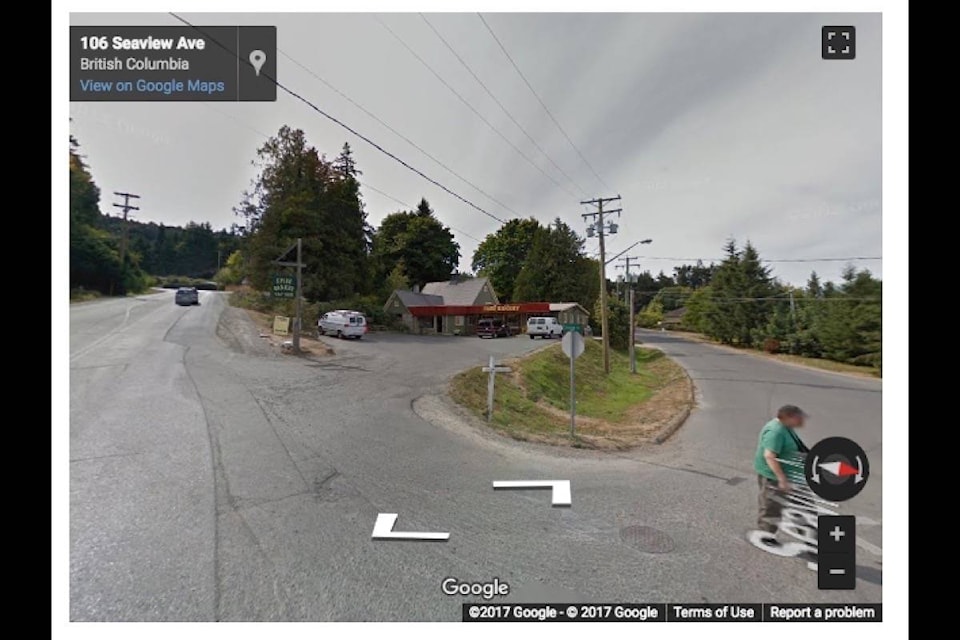In case you missed it, there was a publicized furor on Saltspring Island this week concerning hitchhiking.
The Ministry of Transportation and Infrastructure announced the construction of a barrier at the Embe Bakery on the Fulford Ganges Road that would interfere with the use of a common spot for hitchhikers soliciting rides from vehicles passing by.
The RCMP also advised that they would actively enforce the no stopping on the roadway rule.
The minutes of the Salt Spring Island Transportation Commission reflect that this will happen because there is no safe spot to pull off of the roadway to pick up and drop off passengers at that location.
ICBC reports an average of one collision per year in this location for the period 2011 to 2015.
Of the five, two were casualty crashes and three were property damage only. There is no indication if any of these crashes involved pedestrians or hitchhiking.
The simple act of hitchhiking itself is not illegal in B.C. Being on the roadway to solicit a ride is however.
“Roadway” means the portion of the highway that is improved, designed or ordinarily used for vehicular traffic, but does not include the shoulder.
So, one may stand on the shoulder of most roads to solicit a ride.
Freeways (Schedule One Highways) are the exception. Pedestrian are prohibited here unless they are attending to a broken down vehicle.
Pedestrians who solicit captive audiences, intimidate or harass resulted in the creation of the Safe Streets Act. One cannot be on a roadway and solicit a person who is in or on a stopped, standing or parked vehicle.
In the Safe Streets Act roadway has a different interpretation.
It means a highway, road, street, lane or right of way, including the shoulder of any of them, that is improved, designed or ordinarily used by the general public for the passage of vehicles.
Before we leave pedestrians to examine the duties of drivers, remember that if you are walking alongside the road, you must walk in the direction facing traffic if there is no sidewalk.
It is common, and illegal, for hitchhikers to walk along the highway with traffic between times when vehicles are passing.
Stopping and standing to pick up hitchhikers can land a driver in trouble too. If you are outside of a business or residential district it is forbidden to stop, stand or leave a vehicle on the roadway.
In other words, unless you can get completely off of the roadway, you must not stop to pick up a hitchhiker.
Stopping to pick up a hitchhiker on the freeway is illegal as well when the freeway is posted with these signs:
“No Hitchhiking — Pickup is Illegal.”
Inside of town rules for stopping and standing are more complex, involving both the Motor Vehicle Act and bylaws.
It is also common to regulate stopping, standing and parking by posting signs here as well.
According to Hitchwiki, travel by thumb in Canada is mostly safe.
There have been instances such as the Highway of Tears that show the opposite. You are ultimately responsible for your own safety.
If you are uncomfortable, don’t hitchhike alone or refuse the ride.
